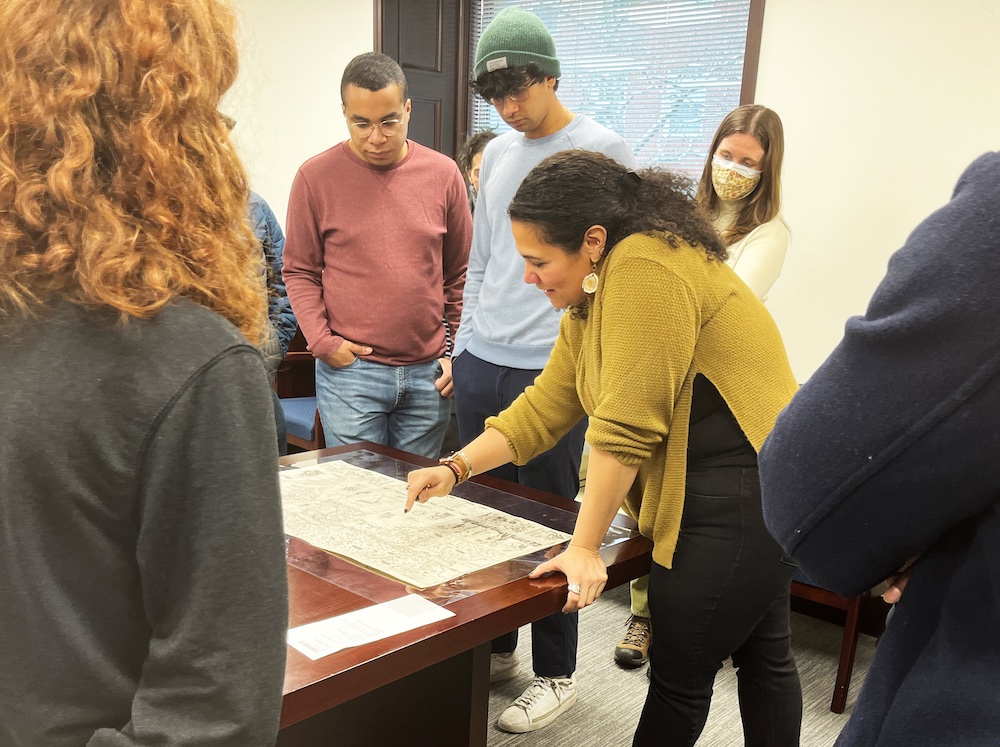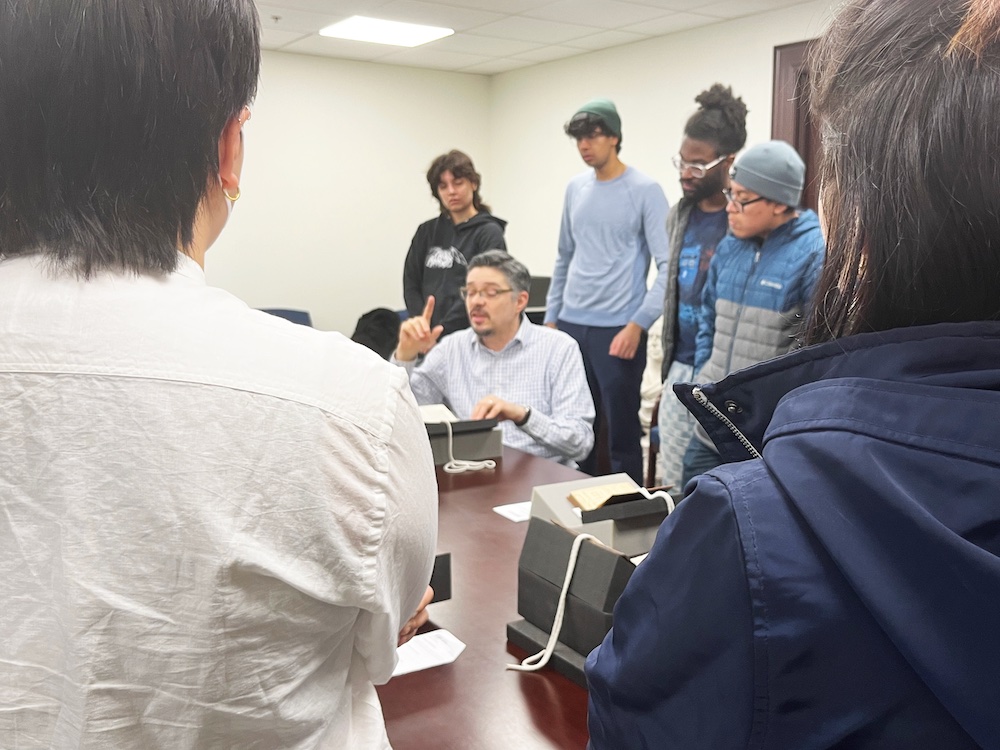Humanities perspectives enrich all professions and fields of study with necessary historical and cultural contexts. This is particularly true now, at a time of ecological crisis, social unrest, and rapid technological advancements that challenge shared assumptions and long-standing norms.
Since 2019, the Cogut Institute’s Collaborative Humanities Course Award has enabled humanities faculty to partner with scholars in other divisions to create courses highly relevant to the contemporary moment. Courses developed thus far have explored such topics as happiness, loss, immersive reality simulations, computation in creative arts, public health disparities, segregation in city formations, climate history, and Indigenous languages.
The experience can be defining for students. “The idea of public health and its practice is talked about a lot in medical anthropology, but until now I hadn’t really felt as though there was an opportunity to explicitly integrate it in my academic life. The course actually convinced me to pursue Brown’s undergraduate/Master of Public Health five-year program,” one student wrote after taking the spring 2023 course “Are We Really in This Together? Culture, Structure, and Health Disparities.”
The course, taught by anthropologist Daniel J. Smith and public health scholar Abigail Harrison, centered on global health emergencies such as COVID-19 and how these exacerbate existing inequities and/or give rise to new ones. Students developed human-centered case studies of health emergencies and practiced forms of cultural and structural analysis that can enhance public health research and practice.

